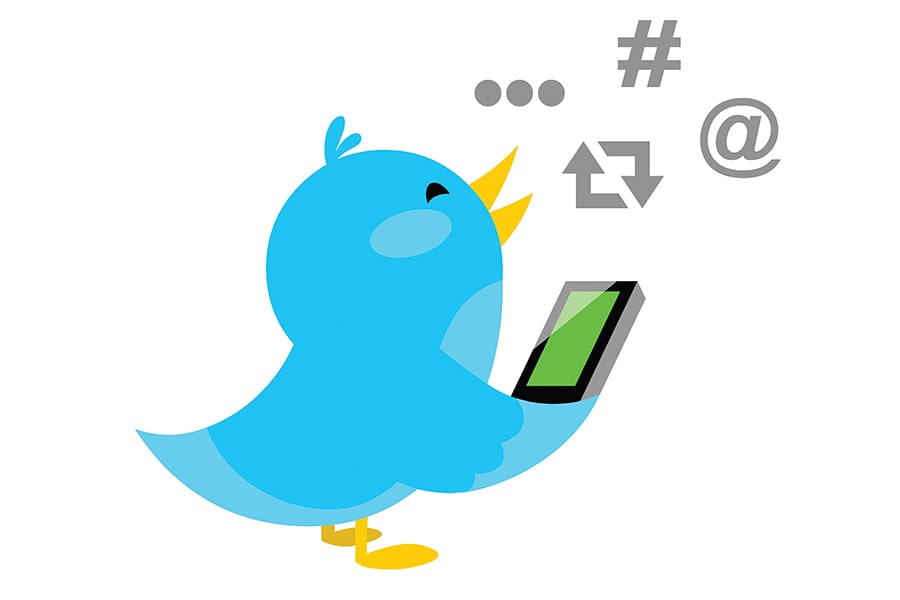
How Twitter can fix itself
Twitter has lagged behind its social media peers in recent years, failing to keep pace in new services, acquisitions, user growth and stock price

Twitter is infested with fake accounts and automated trolls that can degrade the experience for earnest users and too often result in bigoted or sexist invective
Image: Shutterstock
Twitter has lagged behind its social media peers in recent years, failing to keep pace in new services, acquisitions, user growth and stock price. Consider that its most memorable innovation was doubling the tweet character limit to 280, and that was more than four years ago.
The site has just plodded along, content to be a plaything for corporate public relations, journalists and politicians. It’s not all that popular with regular folks, who instead turn to Facebook, Instagram and YouTube. And for many years that afforded Twitter less scrutiny, until Donald Trump became a Twitter power user.
There has been much discussion recently about Facebook’s polarizing effects and the spread of hate, racism and misinformation on its parent Meta’s platforms, after a whistleblower released a huge cache of internal documents about the company. Much of the same can be found on Twitter; trolls, bigots and outright lies wend their way into Twitter feeds alongside more anodyne fare. It’s just a smaller audience.
©2019 New York Times News Service







